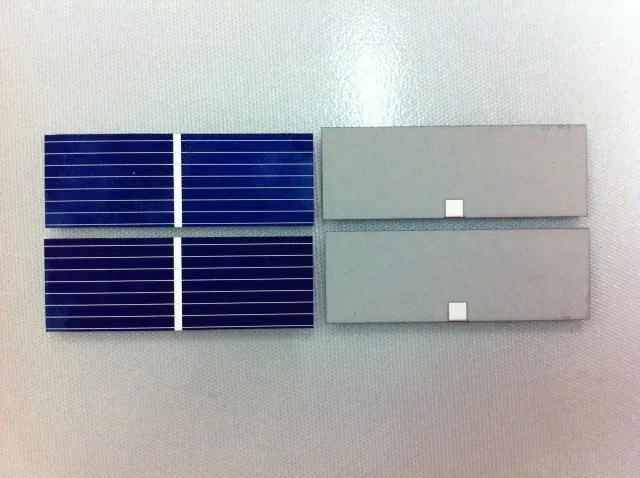

Further, we discuss the key factors influencing the power conversion efficiency and the role of a variety of interface modifiers in this regard. In this review, we focus on recent developments in interface modified hybrid Titanium dioxide/Poly(3-hexylthiophene) solar cells, provide a short discussion on the working principle, device structure with interface modifiers, and summarize various types of interface modifiers studied to enhance the photovoltaic performance of hybrid TiO2/P3HT heterojunction solar cells. Evolution of this solar cell technology is relatively slow-moving due to the complex features of the metal oxide-polymer system and the limited understanding of the technology. Limited power conversion efficiencies of about 5–6% have been reported so far, and an enhancement in efficiency was achieved through the engineering of the interface between Titanium dioxide (TiO2) and Poly(3-hexylthiophene) (P3HT). Hybrid Titanium dioxide/Poly(3-hexylthiophene) heterojunction solar cells have gained research interest as they have the potential to become cost-effective solar technology in the future. The highest power conversion efficiency (PCE) was obtained at 1.33% and electrical conductivity is 0.135 Scm 1 for ITO/TiO2/PEDOT: PSS/iCHLO-PA 10% hybrid solar cell. Result shows that UV-Vis absorption spectra of CHLO was absorbed in the range of 400 nm-600 nm (CHLO-PA) and 240 nm-360 nm (iCHLO-PA). Different percentage of FeCl 3 was varied by 5%, 10% and 15% of CHLO molecular weight.

CHLO undergoes conjugate process by oxidation polymerization using Ferric Chloride (FeCl 3) as catalyst.

Chlorophyll compound (CHLO) was extracted from the Pandanus amaryllifolius leaves. These hybrid solar cells were fabricated bilayer of ITO/TiO 2 /PEDOT: PSS/iCHLO/Al. These hybrid solar cells consist of combination of organic (Poly (3, 4-ethylenedioxythiophene): poly (styrenesulfonate) and iCHLO) and inorganic (Titanium Dioxide, TiO 2) materials. In this work, studies the effect of conjugated chlorophyll (iCHLO) on power conversion efficiency with relation of iCHLO where optical and electrical properties were investigated. Solar energy is one in all few sources to renewable power and it is considerably critical in our each day lifestyles usage thus resulted to ensure the practicality and usefulness of the devices which regularly used to capture and manipulate solar energy.


 0 kommentar(er)
0 kommentar(er)
